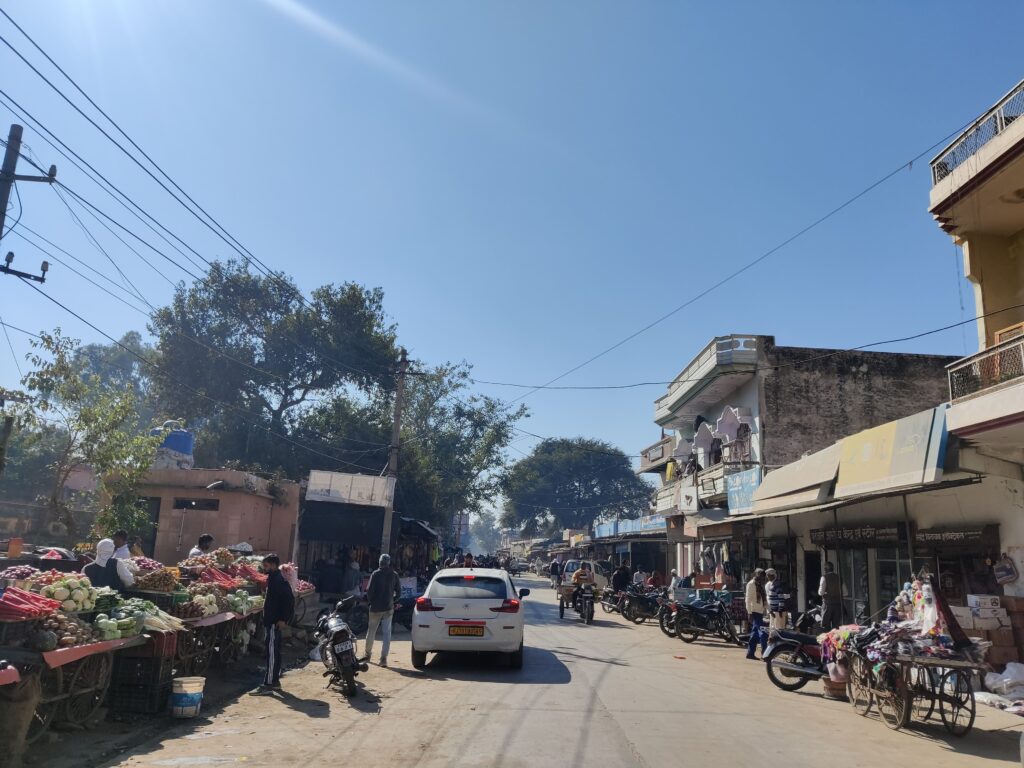Rural to Urban Governance Transition in Rajasthan, India
In my project with Alison Post (Global Metropolitan Studies, Political Science), we’re exploring the effects of converting large villages from rural governance structures like panchayats to urban municipal institutions in Rajasthan, geographically the largest state in India. We are interested in understanding how conversion affects the nature of local politics and service delivery. So far, we have interviewed many state-level and local bureaucrats and politicians, including MLAs, chairpersons, and ward-level councilors. This provides insights into how rapid urbanization in India is affecting the character of local governance. We are at a preliminary stage of the work. As we move ahead, we would like to understand the effects of the transition from rural to urban local bodies on several levels. As villages become towns and cities, new infrastructure is needed, such as drainage, piped water networks, street lighting, and road infrastructure. Cities must also generate additional revenue via taxation to fund this infrastructure. Do cities mobilize more revenue after converting from panchayat to municipal status, and how does that help the city’s infrastructural needs? Moreover, electoral dynamics also change as cities gain urban status: unlike in the cities, candidates fight elections without a party’s nomination. Does this transition affect the kind of politicians who gain access to the municipal office, and with what consequences? We hope to answer these questions in our future fieldwork and data analysis. ~ Sharik Laliwala is a third-year Ph.D. student in political science at UC Berkeley. He is interested in studying residential segregation, ethnicity, city politics, and municipal governance in India.
Rural to Urban Governance Transition in Rajasthan, India Read More »

